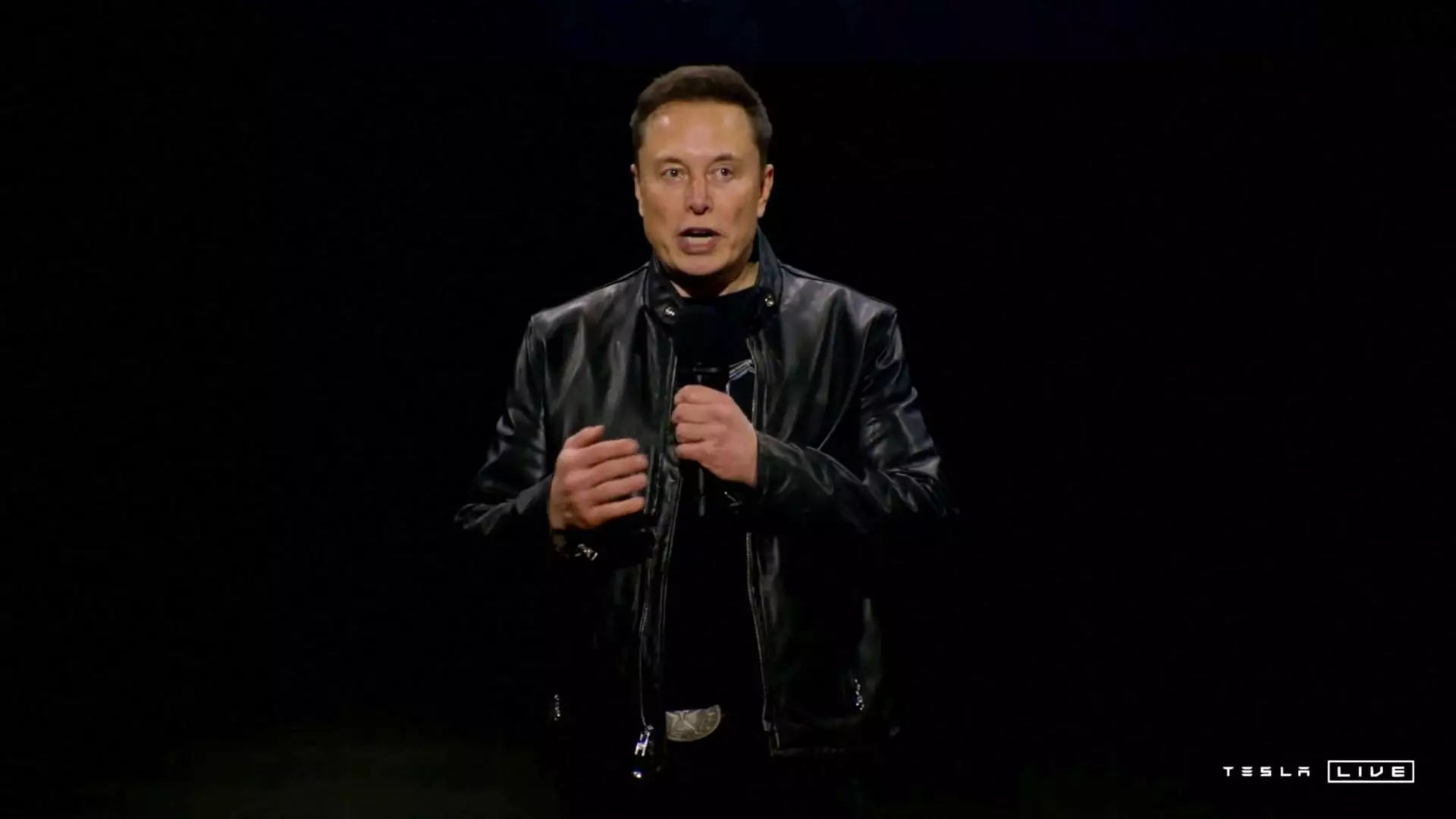Tesla’s latest financial disclosures for the fourth quarter of 2024 have ignited discussions across the automotive and investor landscape. With critical figures unveiled—a notable drop in sales year-over-year—both analysts and stakeholders are concerned about the company’s trajectory. In this article, we will dissect Tesla’s Q4 performance, assess the implications of a changing competitive landscape, and identify what steps Tesla might need to undertake moving forward.
The numbers from Tesla’s fourth-quarter report are compelling yet alarming. Total deliveries stood at 495,570, down from the previous quarter’s performance and marking the first annual decrease in delivery totals since the company’s inception in 2003. Annual totals reveal that Tesla achieved 1,789,226 deliveries in 2024, with a production count slightly lower at 1,773,443. This contrasts sharply with the company’s substantial deliveries of 1.81 million just a year prior in 2023. Adding to the tension, Tesla shares experienced a 7% dip following the announcement, reflecting investor anxiety and uncertainty about the company’s growth trajectory.
The anticipated figures had initially set expectations high, with analysts estimating delivery figures closer to 504,770. Contrary to these predictions, the actual figures fell short. This discrepancy raises questions about the company’s forecasting abilities and whether their late-year optimism may have been overly optimistic.
The revelations surrounding Elon Musk’s increasing involvement in political endeavors have also colored Tesla’s performance. His significant financial contributions to political campaigns, particularly in support of President-elect Donald Trump, have driven speculation regarding his divided attention and its subsequent effect on Tesla’s business operations. While Musk’s multi-faceted pursuits add to his public persona, they might also hinder his traditional role as the chief visionary and decision-maker at Tesla. Industry experts suggest that this potential distraction could have cascading effects on the company’s strategic direction at a time when it faces fierce competition.
The fourth-quarter report came on the heels of a volatile year for Tesla’s stock, which, after an impressive rally finishing 2024 up by 63%, saw considerable volatility, including a 29% decline during the first quarter. While investors cling to the idea of long-term growth, the quarter’s performance may serve as a wake-up call for the company to recalibrate its priorities.
Tesla’s once-unassailable position in the electric vehicle market is increasingly challenged by longstanding automotive giants and newer entrants alike. Companies like General Motors, Ford, and Rivian are intensifying their efforts to carve out market share, while international competitors from Germany to China, such as BYD, are producing vehicles that not only compete on price but also are rivalling Tesla’s technological edge. This saturated competitive environment demands that Tesla reassess its strategies and adapt to maintain its position in the marketplace.
Tesla’s recent inventory surplus raises questions about its demand forecasting and production strategies. Despite efforts to employ price cuts and incentives to stimulate sales, resulting in a notable increase in inventory levels, the fulfillment of consumer expectations remains tenuous. Especially alarming is the emergence of surplus inventory of its recently launched Cybertruck, which has yet to make a significant mark in the marketplace.
While it’s clear that Tesla continues to lead in many areas, such as charging network accessibility, it nonetheless faces significant operational challenges moving into 2025. Analysts contend that the company would benefit from diversifying its offerings with affordable EV models to capture a broader consumer base. The existing high price points may seem out of reach for many potential buyers, which could adversely affect longer-term demand.
Additionally, the declining sales in the European market during the last quarter represent a pressing challenge. The latest registrations highlight a drop, with Tesla’s footprint shrinking amidst aggressive competition. Tesla’s Model Y, though still among the more popular vehicles in China, has also witnessed stagnating growth relative to the broader market, indicating that its competitive edge is starting to dull.
Looking to the future, Musk has hinted at plans to introduce lower-cost and autonomous vehicles by 2025, projecting anticipated growth of 20% to 30% over the coming years. However, these aspirations must be rooted in a solid strategic foundation that considers both innovation and operational efficiency.
Tesla stands at a critical juncture as it heads into 2025. The mixed results from its fourth-quarter report underscore vital lessons about forecasting, competitive dynamics, and the need for renewed focus amidst external distractions. While the company has established a formidable brand in the electric vehicle space, the future will require a delicate balance of innovation, strategic direction, and robust management. The upcoming quarters will be crucial in determining whether Tesla can reclaim its momentum and navigate through an increasingly complex automotive landscape. The time for introspection and adaptation is now.

Leave a Reply